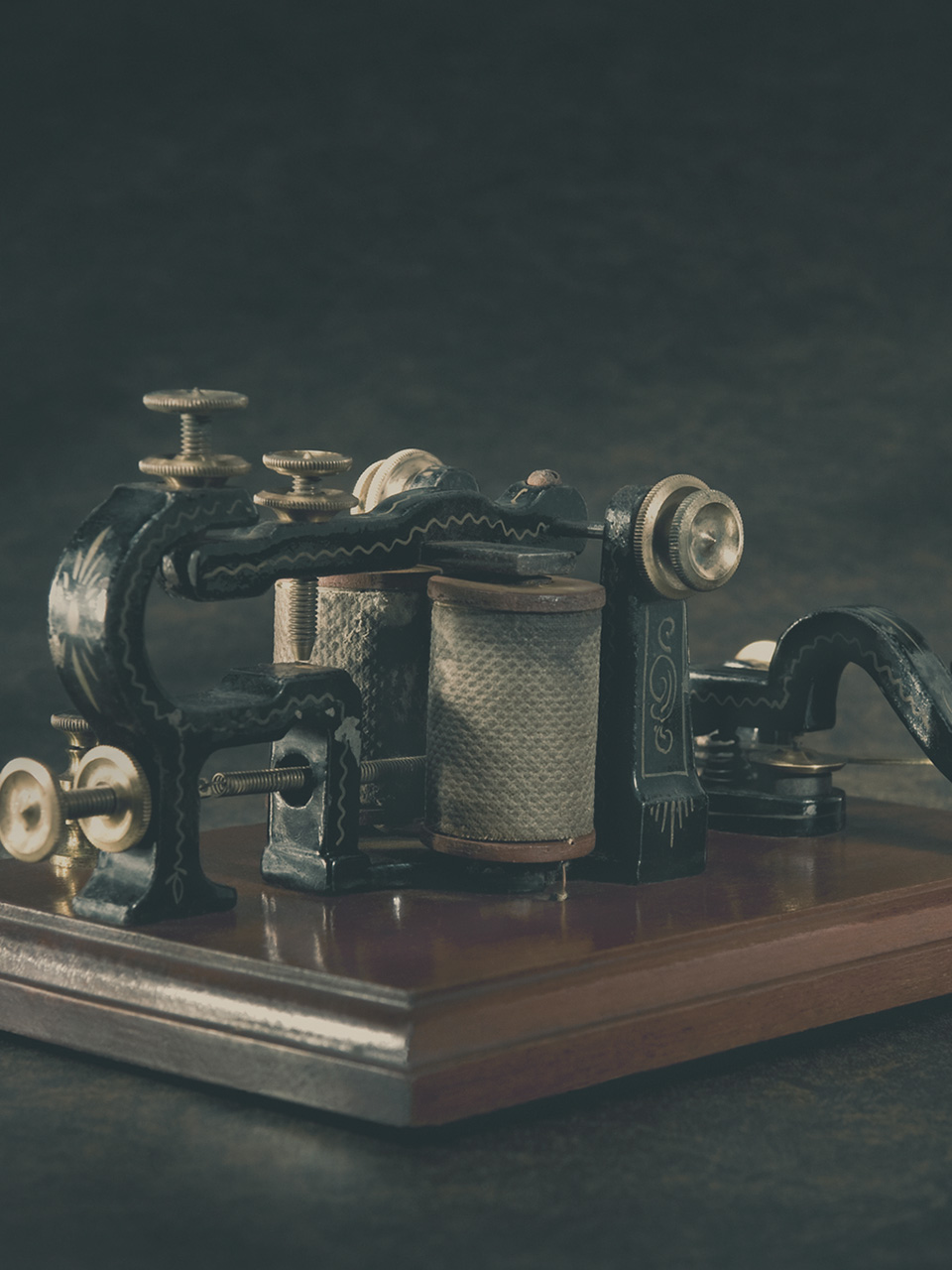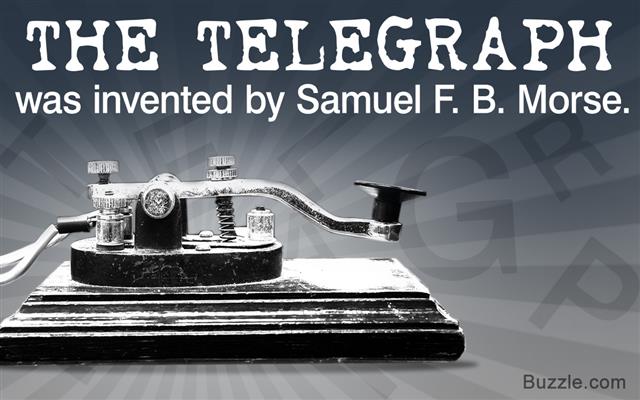
Tap to Read ➤
Invention of the Telegraph
Prashant Magar


The invention of telegraph was the beginning of an era of faster and better developed means of communication. It laid the foundation for a series of developments which led to a revolution in human communication. It is also the root of all the advanced communication methods.

The telegraph was invented by Samuel F.B Morse, who transmitted the first electrical message "What has God wrought?". This message was conveyed from Washington to Baltimore on May 24, 1844.

But the story of the telegraph dates back in time, to as far as the 1500s, when a few contemporary thinkers had thought of using light or electric impulses as the means of communication.

Since then, there have been several attempts in Europe and America for over two centuries. The tale of the attempts at human networking and its implementation is a revelation, which has had a significant impact on future research.

In 1753, Charles Marshall from Scotland, sent an article to 'The Scots Magazine', explaining the process of telegraphy through an electrical medium. This was the first recorded mention of the use of a telegraph. He had written a detailed account of its line which was conceived in his research.

The idea was to designate a wire for each of the letters of the alphabet, which would connect two locations. At the receiving side, bits of paper were held at the wire endings. On transmitting a charge through the wire from the sending station to the receiving side, the papers were attracted to the wire ends.

The letter corresponding to the wire through which the charge was transferred was located, and thus, the message was decoded at the receiving end.

The first telegraphic trial was held almost 25 years after the publishing of this paper. A gentleman named Georges-Louis Le Sage of Geneva attempted telegraphy similar to that mentioned in Marshall's article.

This was followed by numerous attempts by various people all across Europe. But they were isolated trials, and neither got a foothold nor were they effective. Harrison Dyar of New York, America, carried out an electrochemical experiment in 1828, which could guarantee communication through wires over a long distance.
He devised a mechanism through which a spark was produced at one end of a long wire and could be transmitted to the other end.
In spite of a successful experiment with his circuitry, Dyar was unable to popularize his theory. In fact, the government charged him with conspiracy for secretly trying to establish communication between two cities. He abandoned his attempts after that charge.
A flood of scientific inventions and discoveries in the beginning of the 19th century led the human evolution to attain new heights. The invention of the effects of electromagnets and their usability was a boost to the telegraphic concept to be used later on. Its invention gave a new direction to electronic communication.
Significant discoveries like the establishing of Ohm's law and various applications by noteworthy scientists like Gauss, Weber, Schilling, and Oersted were a giant leap in the field of electrical sciences. During the same time, the idea of a telegraphic system struck Samuel Morse on a ship journey from Europe to America.
Joseph Henry, from Princeton College, was a leading researcher in this field and had already demonstrated the idea of telegraphy. He had made a bell ring from a distance by using an electric circuit. He was a guiding figure, who helped Morse in his attempts at improvising the telegraphic system.
In December 1837, Morse had successfully tried his experiments and applied for a grant with the federal government and even demonstrated his work in New York and Washington. But the process was delayed due to a recession in the economy.
At the same time, Charles Wheatstone, a British physicist, along with William Cooke, patented a telegraph system in Europe. But the Morse model was efficient and much simpler to use than this system.
By 1843, he was successful in getting the required grant, and the first telegraph line of 40 miles was constructed from Washington to Baltimore. The line ran from the Supreme Court in the Capitol complex to the Baltimore railroad station.
The first system made use of the Morse code, which was later accepted as a global standard for deciphering text.
Gradually, the system became popular in the whole of America and spread rapidly across Europe. The telegraph system dominated the entire communication system till 1877. The system faded away gradually after the arrival of the telephone, which replaced telegraphy in many fields of application.
However, the fact remains that in the world of communications, telegraphy was a big step for mankind that led to further developments in this field.